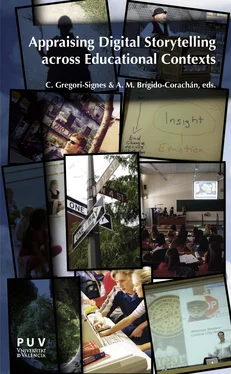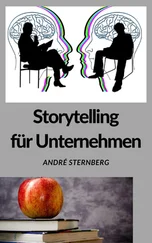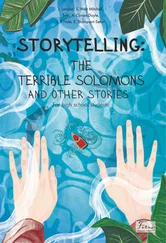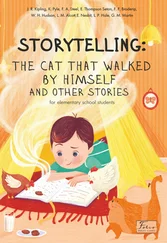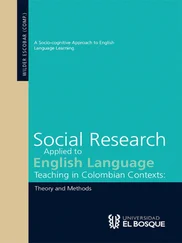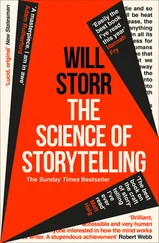One of the possible applications of DS, which needs to be further explored, is its use in foreign language teaching settings, where students not only create a story but also experiment with story building using a language that is not their own mother tongue (Reyes-Torres et al. 2012) and, what is more, facing the difficulty to produce a coherent multimodal digital story (cf. Bou-Franch 2012, Gregori-Signes 2014). Robin (2006) argues that DS helps students improve the following skills (cf. Lee in this volume): 1) Research Skills: Documenting the story, finding and analyzing pertinent information; 2) Writing Skills: Formulating a point of view and developing a script; 3) Organisation Skills: Managing the scope of the project, the materials used, and the time it takes to complete the task; 4) Technology Skills: learning to use a variety of tools, such as digital cameras, scanners, microphones and multimedia authoring software; 5) Presentation Skills: Deciding how to best present the story to an audience; 6) Interview Skills: Finding sources to interview and determining questions to ask; 7) Interpersonal Skills: Working within a group and determining individual roles for group members; 8) Problem-Solving Skills: Learning to make decisions and overcome obstacles at all stages of the project, from inception to completion; and 9) Assessment Skills: Gaining expertise critiquing their own work and the work of others.
In this volume, there are three articles that report on the use of DS in the foreign language classroom. First, Lina Lee examines the use of digital stories to build language learners’ content knowledge and oral skills. Her article is one of the few available which has used digital storytelling to foster the learning of Spanish as an L2. A group of university students used VoiceThread to create news digital stories about current events in Spanish-speaking countries with the intention of promoting authentic communication. The analysis includes both qualitative and quantitative data gathered from students’ digital news recordings, blog reflections, online surveys, and final interviews, which were utilised and analysed to report the findings. Lee designed the tasks with the purpose of helping students to “improve their pronunciation and oral skills by regularly creating voice recordings”. She also stresses the importance of addressing strategies to create digital stories prior to task execution, in order to avoid overwhelming the students with the demands of the task itself. As concluded by Lee (in this volume): “[t]he results show that digital news stories empowered students to use their own voices for self-expression and self-reflection. Through interactive exchanges, students collaboratively built knowledge”.
The contribution by Margarita Ramírez Loya, “Digital Storytelling beyond the ESL Classroom”, considers how two separate groups of non-English speaking university students enrolled in an English as a Second Language (ESL) classroom at Cochise College (Arizona) and used digital storytelling to improve their digital and linguistic skills in academic and non-academic settings. Combining foreign language learning with an oral history project, the students in the module were asked to produce digital narratives based on stories shared by members from the English-speaking community around them. This activity forced them to develop communication in a foreign language within a real social environment and with a specific purpose in mind: gathering oral stories and creating historical narratives aimed at commemorating the Arizona Centennial. In addition to improving linguistic practice in a foreign language, this experience also enabled non-English speaking students to establish meaningful connections with members of the community outside their educational institution, located near the borderlands between the states of Arizona (United States) and Sonora (Mexico).
Data obtained from focus group interviews and close monitoring of the students’ performance along the process indicate that, through the use of DS and through close interactions with the neighbouring community, these ESL students became more reflective learners and skillful communicators. Moreover, in addition to strengthening their linguistic skills in a foreign language, students developed collaborative learning, critical thinking, tolerance, and a more heightened awareness of social diversity.
The third article dealing with instruction in a foreign language is Maureen’s “Collaborative Learning Possibilities in the Use of Digital Storytelling in Higher Education”. In Maureen’s study, DS projects were used as a means to develop collaboration and critical thinking skills within a group of students that had fallen below their expected level of performance and who had neglected peer assistance. Maureen identifies a series of problems and anxieties that these students had during the first implementation of DS in the module, mainly, fears of failing the course, diffidence, and not being able to complete the task. These conceptual blockers, according to the author, were the reason that digital storytelling did not succeed the first time they took on the task.
The second time DS was implemented in the EFL classroom, it was specifically aimed at promoting collaborative learning. Maureen designed a project in which there were language-oriented activities and technology-oriented activities that could be carried out individually or in collaboration with other students. Student performance and results were monitored by means of pre- and post-task questionnaires, focus group discussions, and close observation during lectures. The analysis of this data shows that learning individually was mostly preferred when engaging language activities ( m =70.3), while learning collaboratively was most frequently chosen when carrying out technology activities ( m =64). However, once students were lectured on the benefits of collaboration when producing a digital story, students’ strongly leaned towards collaboration when engaging language activities as well. Collaboration helped students to make their thinking processes explicit, to productively interact and compete in an attempt to improve their story, and increased their awareness of social networks as useful tools where valuable peer-assistance could be obtained. All in all, DS proved to be a helpful activity suitable for improving language skills and for promoting creativity, critical thinking, and collaboration amongst peers.
Finally, although we can find a wide variety of studies describing the impact that implementing digital storytelling projects may have in higher levels of education, digital storytelling as a potentially useful tool in early childhood education has received surprisingly very little scholarly attention. In their article “Digital Storytelling Activities in a Kindergarten” Pelin Yuksel, Bernard Robin, and Soner Yildirim address this gap in the field and analyse the benefits and challenges of introducing DS in a kindergarten classroom in Ankara, Turkey. Grounding their pioneering study on in-depth teacher interviews and non-participant classroom observation of a preschool group, the authors posit that early educational levels may also benefit from digital storytelling projects. Study results indicate that DS activities can help kindergarten teachers overcome technological anxiety whilst strengthening younger learners’ self-confidence and media literacy through self-representation, depiction of tailor-made real life preoccupations, and collective reflection. Moreover, used as a creative, problem-solving approach to knowledge, digital storytelling may constitute an attractive way to introduce preschoolers to some of the educational advantages of already familiar household technologies (video cameras, photographs, computers) and also enable teachers to tackle core psychological and social issues faced by students at a young age by turning their personal challenges into stories which are both enlightening and empowering.
Читать дальше
